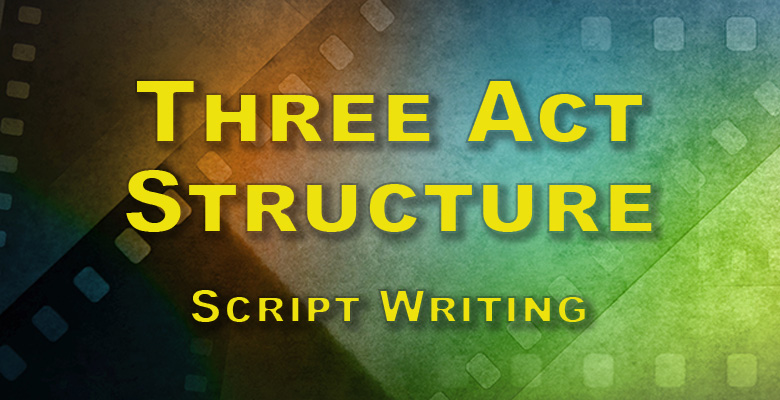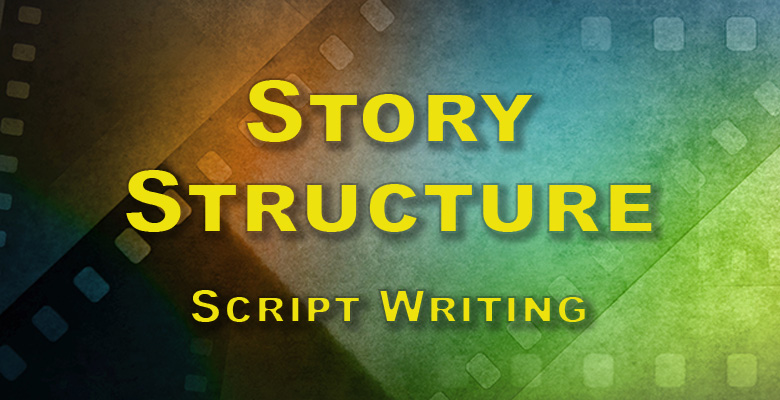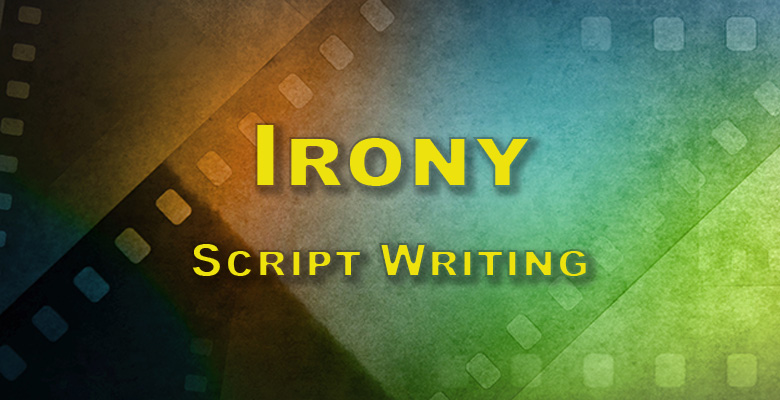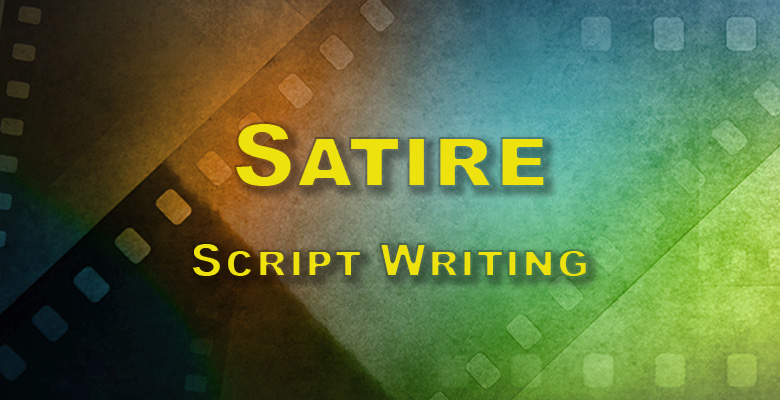In literature and storytelling, a foil is a character who contrasts with another character, typically the protagonist, to highlight particular qualities of the main character. The use of a foil can provide depth and insight into the primary character’s traits, motivations, and development.
Characteristics:
- Contrast: A foil’s primary function is to offer a stark contrast to another character, often in personality, values, or behavior.
- Highlighting Traits: By presenting contrasting attributes, a foil can help emphasize specific traits of a main character.
- Not Necessarily an Antagonist: While a foil can be an antagonist, it’s not a requirement. A sidekick, friend, or other ally can also serve as a foil.
Functions in a Story:
- Enhance Character Depth: By juxtaposing a character against their foil, the audience gains a clearer understanding of the character’s qualities.
- Drive Conflict: The differences between the main character and the foil can lead to conflict, both internal and external.
- Clarify Motivations: The interactions between the character and their foil can reveal deeper motivations, fears, or desires of the main character.
- Reinforce Themes: A foil can be used to underscore or challenge the central themes of a story.
Examples in Literature and Media:
- Dr. John Watson to Sherlock Holmes in Arthur Conan Doyle’s Sherlock Holmes series. Watson’s more typical and grounded nature contrasts with Sherlock’s eccentricity, providing a relatable perspective on Sherlock’s genius.
- Mercutio to Romeo in Shakespeare’s “Romeo and Juliet”. Mercutio’s skepticism of love and romance stands in stark contrast to Romeo’s passionate nature.
- Darth Vader to Luke Skywalker in “Star Wars”. Vader’s surrender to the dark side of the Force contrasts with Luke’s struggle and ultimate decision to remain on the path of light.
- Elizabeth Bennet and Charlotte Lucas in Jane Austen’s “Pride and Prejudice”. While both are close friends, Charlotte’s pragmatic view on marriage contrasts sharply with Elizabeth’s desire for love and understanding.
Considerations for Writing a Foil:
- Organic Differences: Ensure that the differences between the main character and the foil feel organic and not forced. The foil should have their own motivations and depth.
- Avoid Stereotyping: While it might be tempting to exaggerate differences, avoid making the foil a caricature. They should still be a fully realized character.
- Subtlety: The use of a foil doesn’t always have to be overt. Sometimes, subtle differences can be more effective in drawing out the nuances of the primary character.





